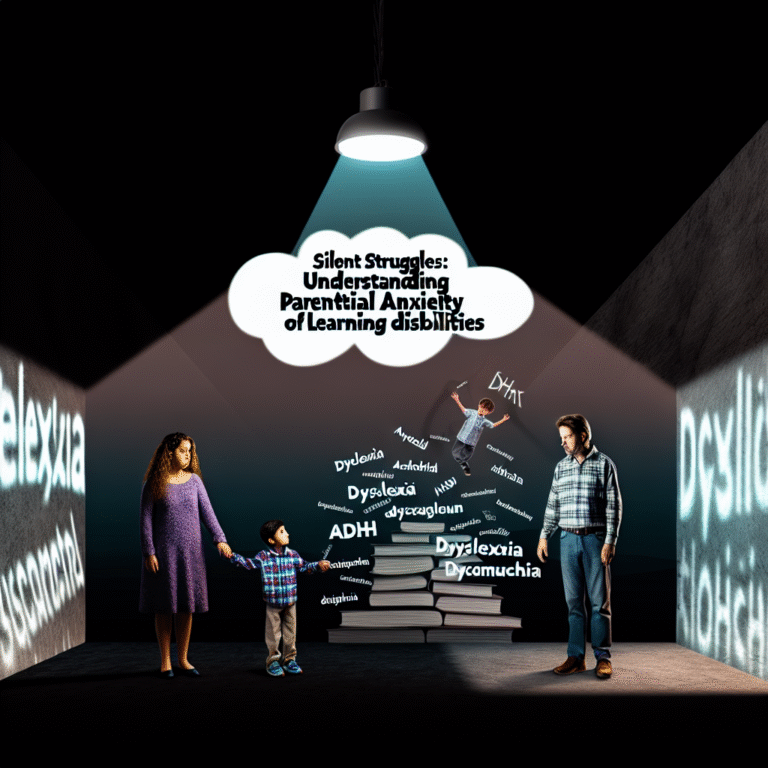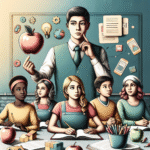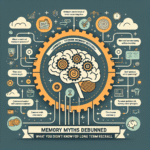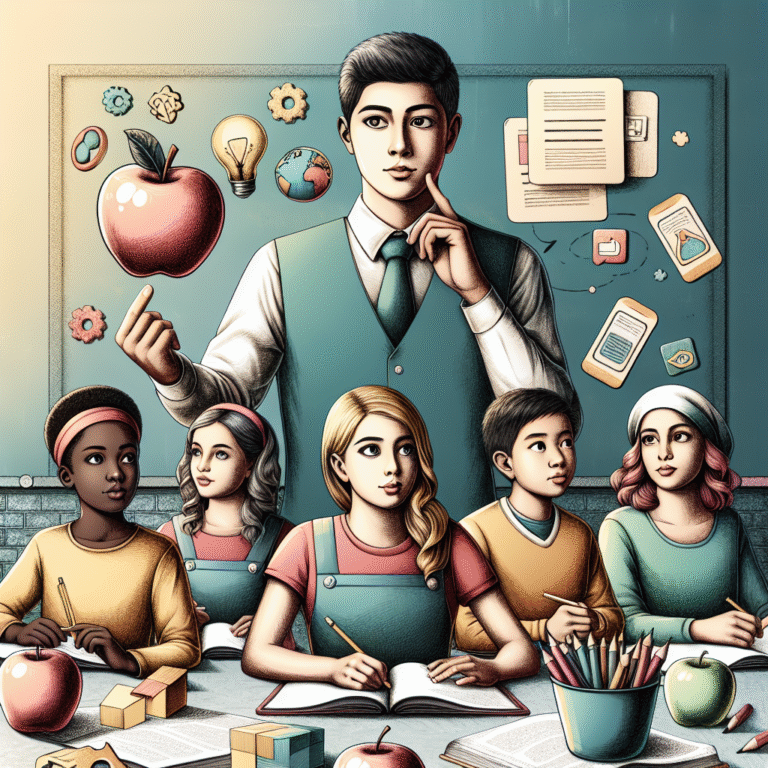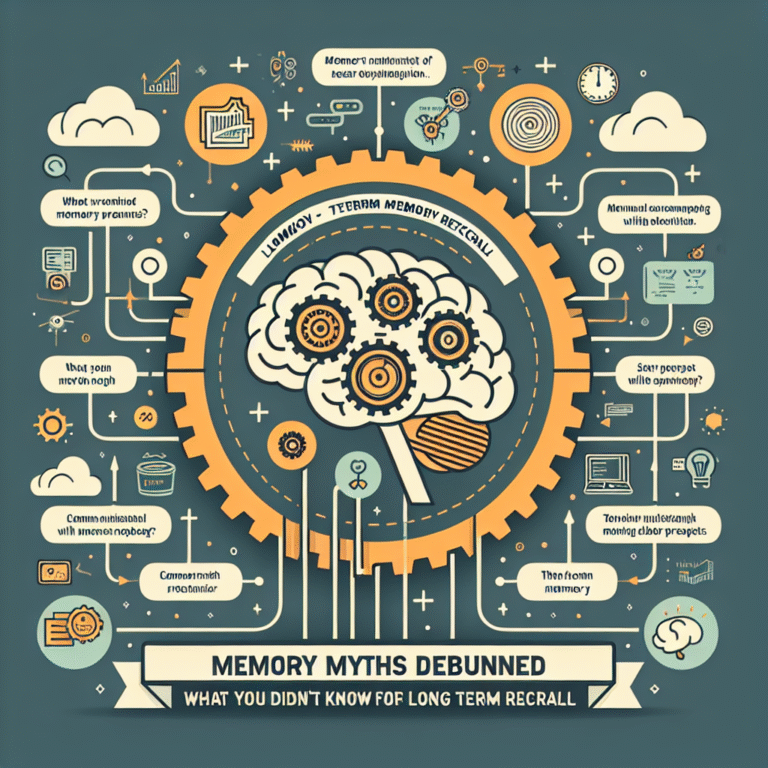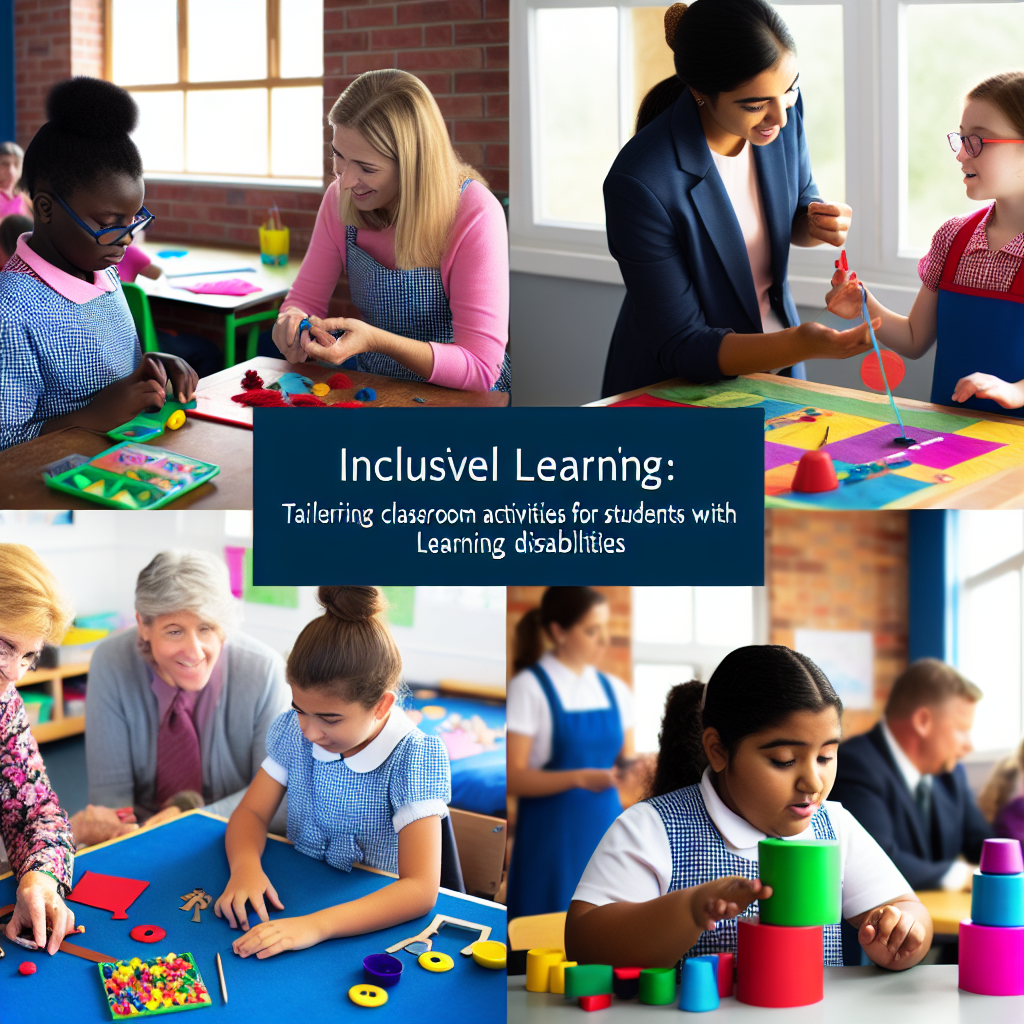
Inclusive Learning: Tailoring Classroom Activities for Students with Learning Disabilities for Proven Success
Introduction
Imagine stepping into a classroom where every student, regardless of their learning abilities, thrives. A place where individualized support transforms challenges into accomplishments. This is not just an ideal but a necessity in today’s education landscape: Inclusive Learning: Tailoring Classroom Activities for Students with Learning Disabilities. As educators strive to create equitable environments, understanding how to effectively tailor classroom activities is paramount.
Learning disabilities affect a significant number of students, yet many teachers feel overwhelmed by the challenge of addressing diverse needs. This article will provide valuable insights into creating effective classroom strategies that foster inclusive learning. By the end, you will feel empowered to transform your classroom into an inclusive haven and confidently approach the unique challenges your students face.
The Framework of Inclusive Learning
Understanding Learning Disabilities
Learning disabilities encompass a broad range of difficulties that affect skills such as reading, writing, and math. For instance, dyslexia can significantly hinder a student’s reading abilities, while ADHD may impact focus and organization skills. Understanding these conditions is crucial for educators as they strive to promote successful learning experiences.
Recognition of the Prevalence of Learning Disabilities
- Approximately 1 in 5 children in the U.S. experience some type of learning disability.
- According to the National Center for Learning Disabilities, the number of students diagnosed with learning disabilities has steadily increased over the years.
As we delve into Inclusive Learning: Tailoring Classroom Activities for Students with Learning Disabilities, it’s essential to start with a solid understanding of how these disabilities manifest and their implications for instructional practices.
The Legal Framework
The Individuals with Disabilities Education Act (IDEA) mandates that public schools meet the needs of students with disabilities. This law focuses on providing a Free Appropriate Public Education (FAPE) tailored to individual needs. Familiarity with these regulations enables teachers to design inclusive strategies and ensures compliance with legal requirements.
The Importance of Inclusivity in Education
Inclusive learning not only benefits students with learning disabilities but also fosters empathy, collaboration, and mutual respect among all students. By promoting inclusivity, educators cultivate a community that values diversity and prepares students for a multiculturally rich world.
Tailoring Classroom Activities for Learning Styles
Visual, Auditory, and Kinesthetic Learners
Each student has a unique learning style that can significantly affect their educational experience. Tailoring classroom activities involves recognizing and accommodating these styles:
- Visual learners benefit from graphic organizers, visuals, and interactive boards.
- Auditory learners excel through discussions, audiobooks, and music-assisted learning.
- Kinesthetic learners thrive with hands-on activities, role-plays, and manipulatives.
Case Study: Implementing Varied Learning Stations
In a diverse classroom, a teacher set up learning stations dedicated to different styles. Students rotated between stations focusing on visual, auditory, and kinesthetic activities related to the same topic. A particularly shy student with dyslexia came alive at the kinesthetic station, where she constructed models, while another student flourished at the auditory station through storytelling. This approach significantly improved engagement and understanding for all students.
Designing Multi-Sensory Activities
Multi-sensory activities can be transformative, especially for students with learning disabilities. Incorporating sight, sound, and touch can create robust connections between concepts and enhance retention.
Example: The Use of Multi-Sensory Techniques in Spelling
Instead of traditional spelling tests, consider a multi-sensory approach where students use sandpaper letters and form words through tactile experiences. This method, as shown in numerous studies, notably improves spelling retention among students, especially those with dyslexia.
Differentiation Strategies in Instruction
Flexible Grouping
Use flexible grouping strategies that allow students to work together based on skill level, interests, or specific learning objectives. This strategy promotes collaboration and helps educators tailor activities that meet students at their respective levels.
Case Study: Group Work Based on Ability
A third-grade teacher noticed that small groups based on students’ reading abilities produced impressive outcomes. Struggling readers teamed up with supportive peers in mixed-ability groups. This created a community where students inspired one another, ultimately improving overall performance.
Scaffolding Techniques
Scaffolding involves breaking down tasks into manageable chunks and providing support at each step. For instance, while teaching writing, a teacher can guide students through brainstorming, drafting, revising, and publishing.
Table: Scaffolding Techniques for Writing Tasks
| Step | Support Techniques | Tools |
|---|---|---|
| Brainstorm | Guided questions, graphic organizers | K-W-L chart |
| Drafting | Sentence starters, writing templates | Word processors or journals |
| Revising | Peer review checklists, editing guides | Revision apps |
| Publishing | Classroom display, online platforms | Google Classroom |
Technology Integration in Inclusive Learning
Utilizing Assistive Technology
The right tools can enable students with learning disabilities to access the curriculum effectively. Apps, software, and devices designed for accessibility can change the game. For instance, speech-to-text applications allow students with writing difficulties to express themselves more freely.
Case Study: Technology in the Classroom
In a middle school class, a teacher integrated speech recognition technology for a student with dysgraphia. The student, initially hesitant to participate, rapidly began crafting essays independently. With the aid of this technology, their confidence blossomed, leading to improved academic performance and social interactions.
Online Resources and Collaborations
Online platforms can also serve as avenues for collaboration among students and teachers. Platforms like Google Classroom or Padlet allow students to share work, receive real-time feedback, and access materials tailored to their learning needs.
Building Social-Emotional Skills in an Inclusive Environment
Fostering Resilience and Self-advocacy
Self-advocacy is essential for students with learning disabilities. Teaching students to understand their strengths and challenges encourages them to seek help when necessary. Offering regular opportunities for self-reflection helps develop resilience and promotes social-emotional skills.
Case Study: Implementing Social-Emotional Learning (SEL)
A school integrated SEL lessons focusing on empathy and self-awareness. Students learned to articulate their feelings and collaborate with peers to support one another. The outcome was not only improved behaviors but a profound shift in classroom culture, resulting in a more inclusive environment for all students.
The Role of Peer Support
Peer mentorship programs can uplift students with learning disabilities. Pairing them with understanding peers fosters empathy and gives students opportunities to learn collaboratively.
Creating an Inclusive Classroom Culture
Encouraging Open Dialogue
Building a classroom culture that values openness around learning disabilities is vital. Encourage conversations about differences and celebrate every student’s strengths.
Educating the Whole Class
Teach all students about learning disabilities, promoting understanding and acceptance. Lessons emphasizing empathy can prepare students to support classmates better.
Environment and Accessibility
Physical classroom arrangements should also accommodate various needs. Provide alternative seating options and ensure that learning materials are easily accessible.
Conclusion
Inclusive Learning: Tailoring Classroom Activities for Students with Learning Disabilities entails more than just strategies—it encompasses a philosophy that values each student’s unique learning journey. By leveraging diverse teaching methods, technology, and fostering a supportive community, we create classrooms where every student has the opportunity to succeed.
Educators are charged with a powerful role—the power to uplift, inspire, and transform lives. Embrace the journey of inclusive learning, and let your classroom be a testament to the boundless potential within every learner.
FAQs
1. What are learning disabilities?
Learning disabilities are neurological conditions that affect the brain’s ability to receive, process, store, or respond to information. Students may struggle with reading, writing, or mathematical concepts despite having average or above-average intelligence.
2. How do I recognize learning disabilities in my students?
Look for signs such as difficulties in reading comprehension, poor organizational skills, and challenges with written expression. Consistent struggles in these areas, despite adequate instruction, might indicate learning disabilities.
3. What are the most effective teaching strategies for students with learning disabilities?
Effective strategies include differentiated instruction, multi-sensory learning experiences, flexible grouping, and the use of assistive technology tailored to individual needs.
4. How can I create an inclusive classroom environment?
Promote understanding by discussing learning disabilities openly, fostering empathy, and using varied instructional methods. It’s essential to create a safe space where all students feel valued and understood.
5. What resources are available for teachers working with students with learning disabilities?
Numerous online tools and professional organizations provide resources. Websites like Understood.org offer practical strategies, and organizations such as the National Center for Learning Disabilities provide valuable guidance.
6. How can I involve parents in supporting their child’s learning?
Communicate regularly with parents about their child’s progress and strategies being utilized in the classroom. Encourage them to reinforce learning at home and share insights on how they can support their child effectively.
By embracing the principles of Inclusive Learning: Tailoring Classroom Activities for Students with Learning Disabilities, educators have the capacity to change lives, ensuring that every child has access to a quality education tailored to their unique learning needs.






